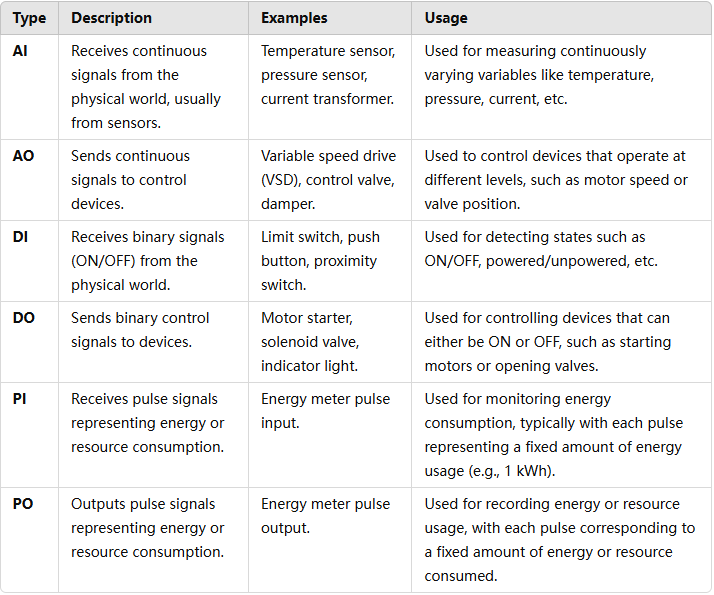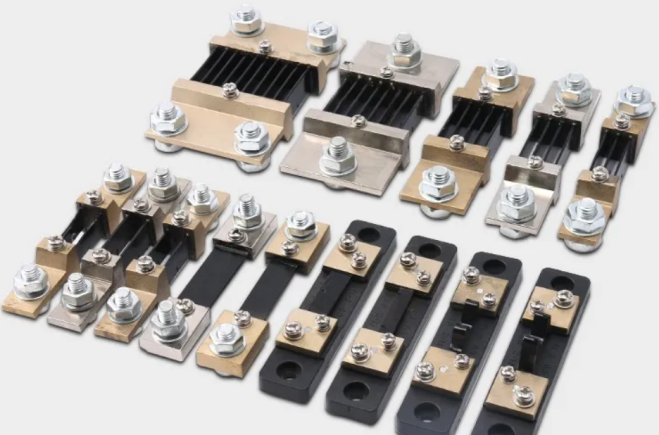EV Charger is the abbreviation of electric vehicle charger. It is a device used to charge electric vehicles, usually installed at charging stations, parking lots or in individual homes. Electric vehicles (EVs) use batteries as a power source and require regular charging to maintain driving capabilities. The main function of the EV Charger is to transfer electricity from the grid to the battery of the electric vehicle to fully charge it. Charger design and performance may vary, depending on the EV model, battery technology and charging standards.
According to the charging speed

Slow charging pile (AC charging pile): Slow charging pile is one of the most common charging equipment and is suitable for homes, parking lots and other places. It uses alternating current power (AC) for charging. The alternating current (AC) from the power supply network flows into the vehicle in a controlled manner through the charging pile and charging gun, but is not converted, only the AC/DC converter installed on the vehicle (i.e., the on-board charger) It can then be converted into direct current and used for battery charging. Therefore, AC charging piles do not need to be equipped with conversion electronic equipment, and the charging speed is relatively slow. The output power is 3.5kW, 7kW, 15kW, etc., and are generally used for daily charging and long-term parking charging.
Fast charging pile (DC charging pile): A fast charging pile is a high-power DC charging equipment that can charge electric vehicles in a short time. DC charging piles are generally equipped with corresponding high-power electronic equipment to convert electrical energy from AC to DC, which can directly charge the battery of electric vehicles. At the same time, the output voltage and current have a wide adjustable range, so fast charging can be achieved, which is suitable for urgent charging or Used when traveling long distances. The general specifications of fast charging piles are 30kW, 60kW, 80kW, 120kW, 150kW, 180kW, etc., and are usually installed in gas stations, highway service areas and other places.
Divided according to setting location:
Home charging pile: Home charging pile is a charging device specially installed in a residential or family parking space. They are generally connected to the home grid and provide slow charging services for users to charge at home.
Public charging piles: Public charging piles refer to charging equipment installed in public places, commercial areas, parking lots and other areas for shared use by multiple users. They generally provide a variety of charging speeds and charging interfaces, suitable for different types of electric vehicles.
Divided according to installation conditions:
Vertical electric charging piles: do not need to be installed against the wall, and are more suitable for outdoor parking spaces or residential parking spaces, and some will be installed in carports. Since it will be exposed to wind and rain when installed outdoors, it needs better insulation and lightning protection conditions, and its protection level needs to reach IP54.

Wall-mounted charging pile: It must be fixed on the wall and takes up little space. It is generally suitable for indoor and underground parking spaces. Its protection level can reach IP32.
Classification by charging connection method:

• Plug-type charger: Users need to insert the charging plug into the charging interface of the electric vehicle, which is divided into Type 1 (SAE J1772), Type 2 (IEC 62196) and other standards. • Wireless charger: Using wireless technology for charging, users only need to park the electric car in the charging area without the need to physically connect the plug.
• Wireless charger: Using wireless technology for charging, users only need to park the electric car in the charging area without the need to physically connect the plug.






